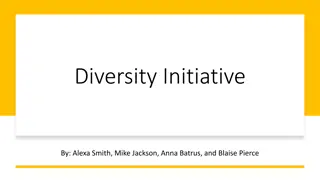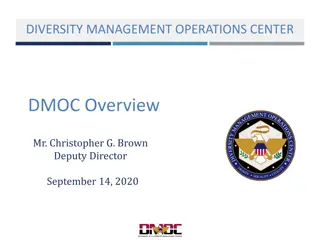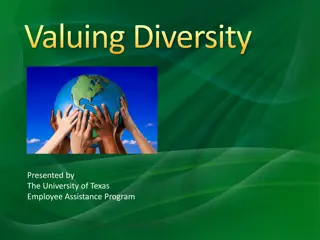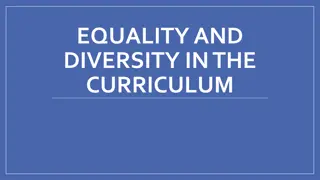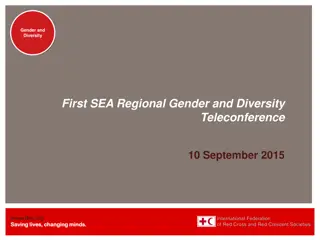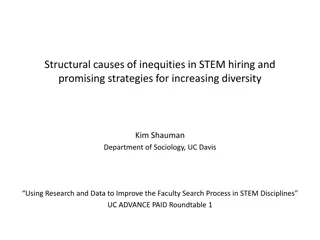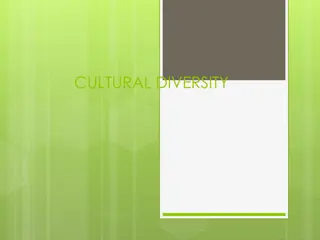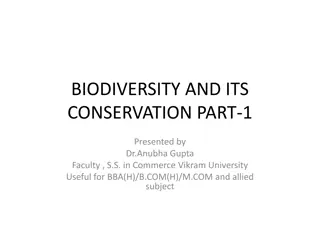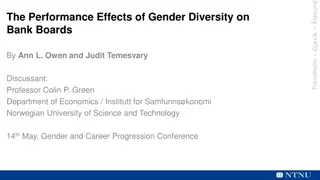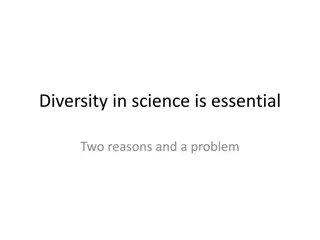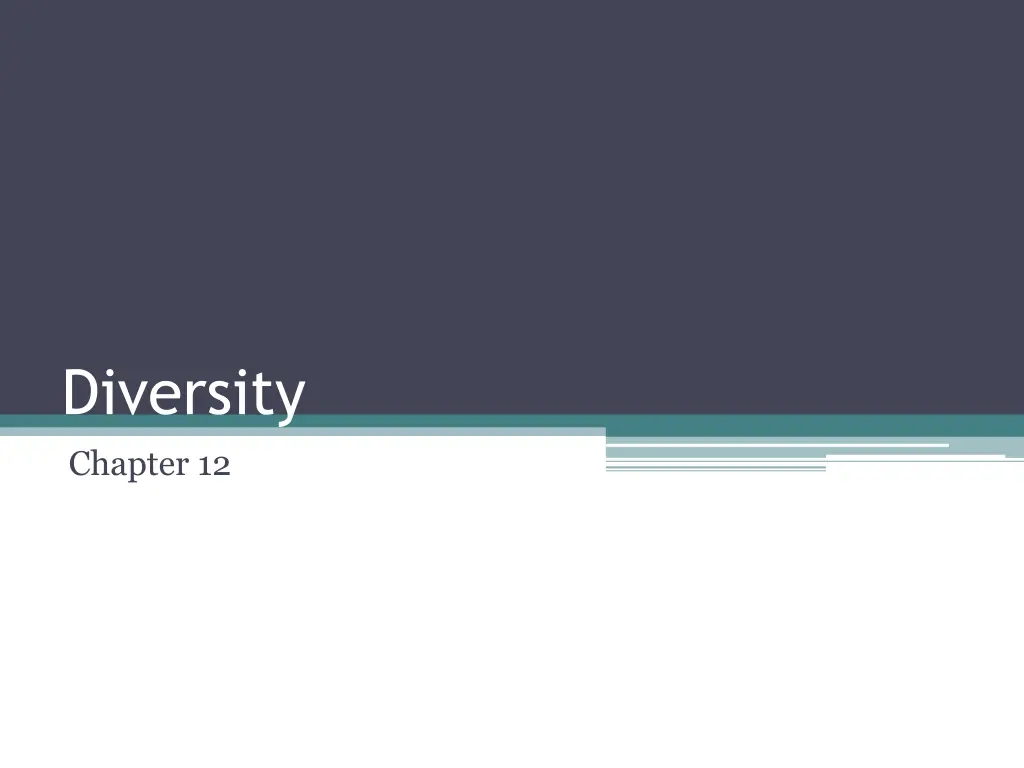
Understanding Diversity in Social and Cultural Identities
Explore the importance of diversity in social and cultural identities, including ethnicity, culture, race, religion, and other differences encountered in diverse environments. Learn about the impact of stereotyping and how fostering tolerance and openness to diversity can enhance understanding and foster inclusivity.
Download Presentation

Please find below an Image/Link to download the presentation.
The content on the website is provided AS IS for your information and personal use only. It may not be sold, licensed, or shared on other websites without obtaining consent from the author. If you encounter any issues during the download, it is possible that the publisher has removed the file from their server.
You are allowed to download the files provided on this website for personal or commercial use, subject to the condition that they are used lawfully. All files are the property of their respective owners.
The content on the website is provided AS IS for your information and personal use only. It may not be sold, licensed, or shared on other websites without obtaining consent from the author.
E N D
Presentation Transcript
Diversity Chapter 12
Thriving in Diverse Environments Diversity Difference in social and cultural identities Understanding perspectives on diversity requires: Self-assessment Discovery Open-mindedness
Thriving in Diverse Environments (continued) Ethnicity, culture, race, and religion Ethnicity is identity assigned to a specific group of people historically connected by a common national origin or language Example: Latino Culture refers to aspects of a group of people that are passed on or learned Examples: traditions, food, language, beliefs
Thriving in Diverse Environments (continued) Race refers to shared biological characteristics Religion is a specific, fundamental set of beliefs and practices
Thriving in Diverse Environments (continued) Other differences you will encounter: Age Gender Economic status Learning and physical challenges Sexuality
Thriving in Diverse Environments (continued) Stereotyping: why we believe what we believe A stereotype is a generalization that is used to describe or distinguish a group Causes: Negative experience with members of a group Bought into a stereotype without thinking about it Learned from growing up in certain environments
Thriving in Diverse Environments (continued) When friendships are affected by differing values, tolerance is generally a good goal Openness to diversity will add to your understanding of the ways people are different from one another
Seeking Diversity on Campus Many institutions offer inclusive curriculum Courses introduce students to diverse people, worldviews and approaches College students have led the movement for an inclusive curriculum Courses with a multicultural focus provide new perspectives and understandings
Seeking Diversity on Campus (continued) Study abroad to expand your horizons Student-run organizations Intramural Sports Multicultural events
Overcoming Discrimination, Prejudice, and Insensitivity on College Campuses Biases Tendencies against or in favor of certain groups or value systems Everyone has them What we do with individual beliefs that separates an unbiased and open-minded person from the racist, the bigot, and the extremist Zero-tolerance policies Prohibit verbal and nonverbal harassment and hate crimes
Overcoming Discrimination, Prejudice, and Insensitivity on College Campuses (continued) Challenge yourself to experience diversity Learn about various groups in and around your community Attend events and celebrations outside of your regular groups Make time for travel Ask a member of a culture or group for information (in a tactful and genuine way)


